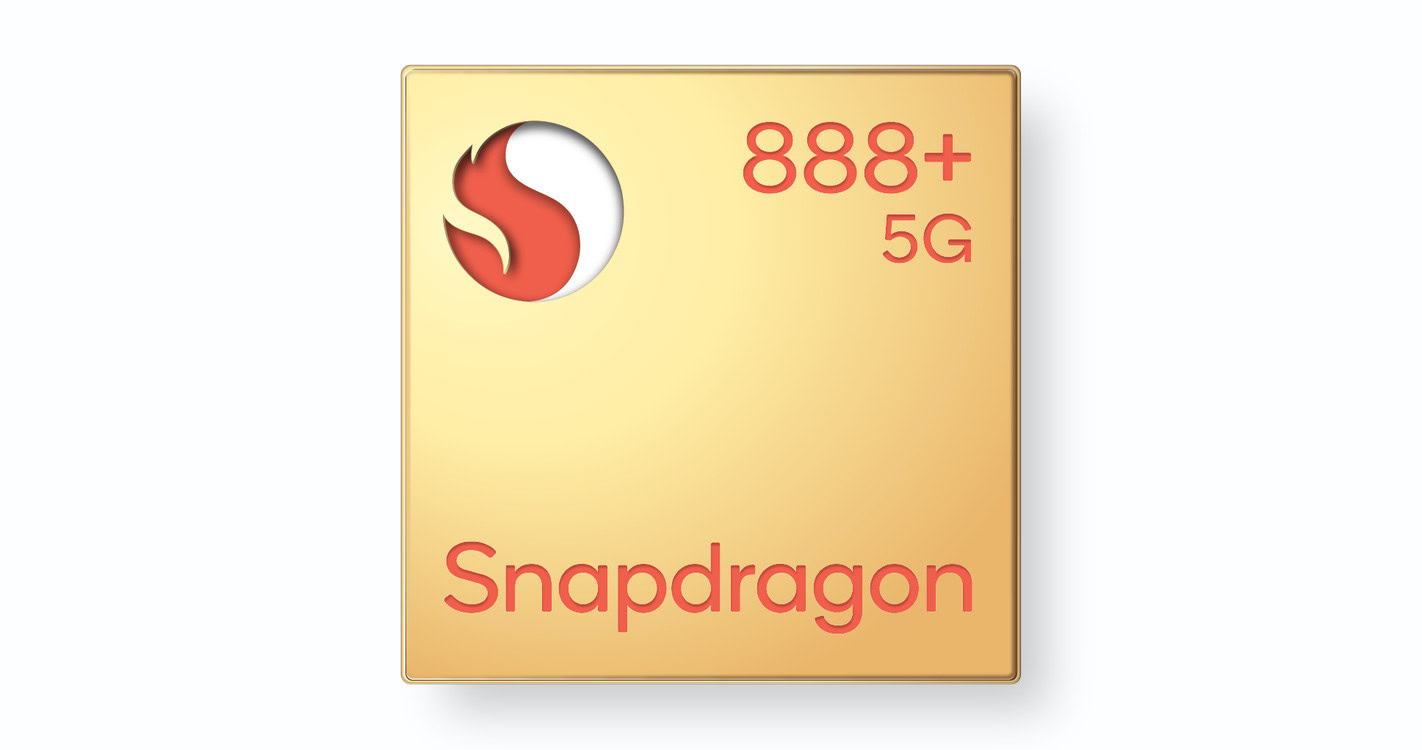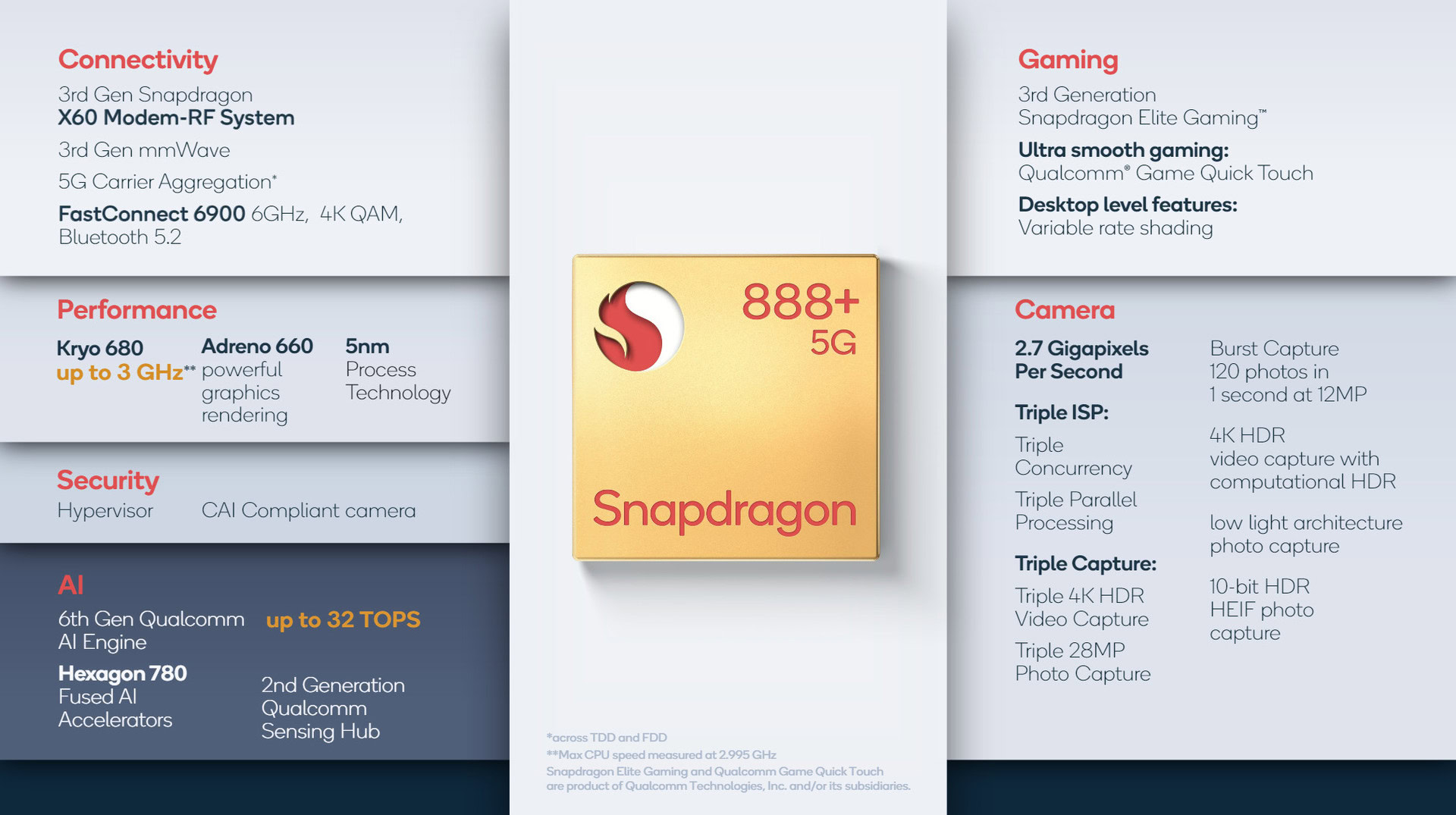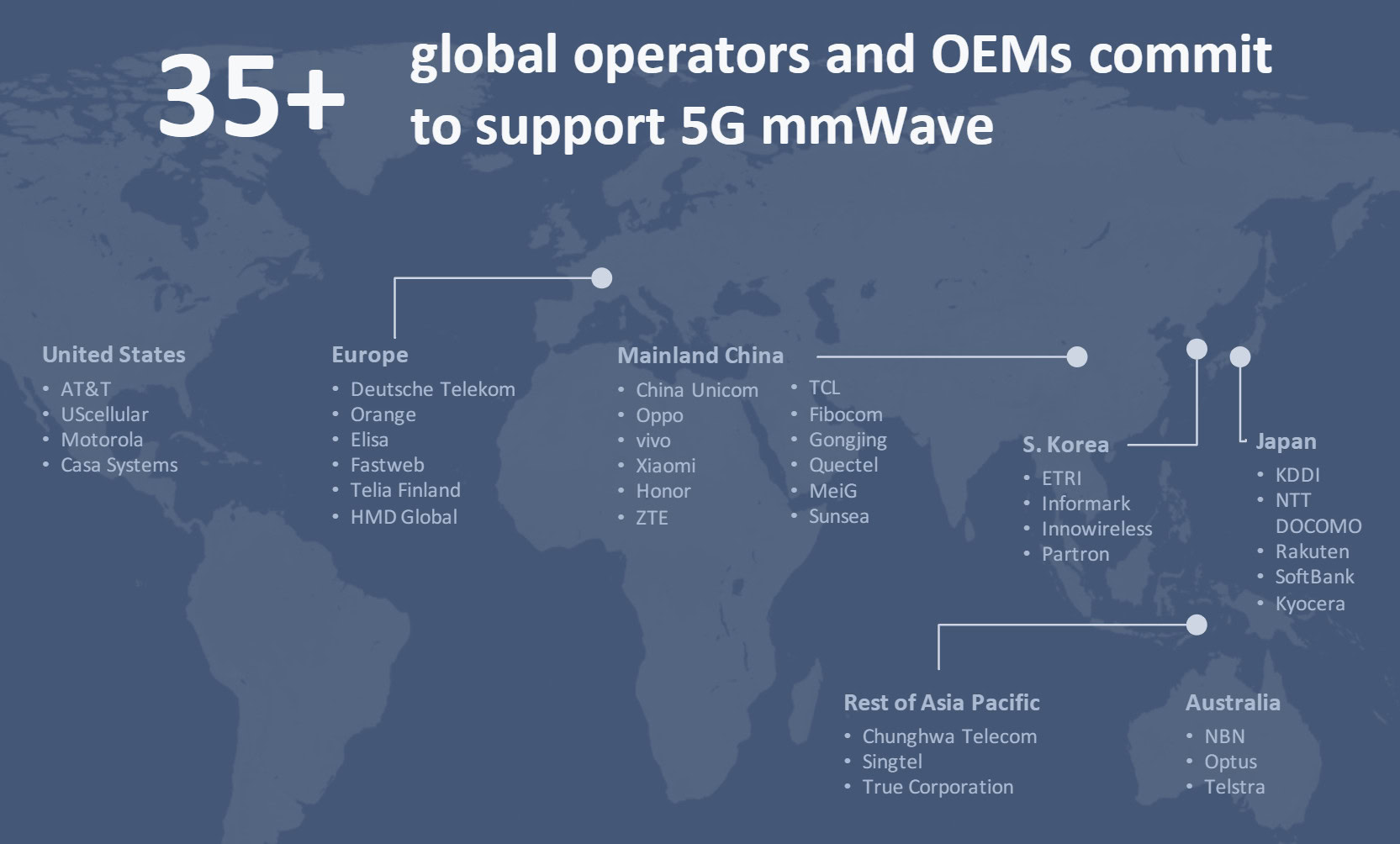Affiliate links on Android Authority may earn us a commission. Learn more.
Snapdragon 888 Plus announced and more from Qualcomm's MWC keynote

- Qualcomm has announced the Snapdragon 888 Plus mobile platform.
- The new chipset is essentially a Snapdragon 888 with a clock speed improvement and faster AI capabilities.
- Qualcomm remains confident in the importance of mmWave for 5G deployments.
During Qualcomm’s MWC 2021 keynote, recently appointed CEO Cristiano Amon unveiled a selection of new products and gave an update on the state of 5G. For us smartphone aficionados, the big news is the announcement of the Snapdragon 888 Plus mobile platform.
As the name suggests, the Snapdragon 888 Plus sits just above the current Snapdragon 888 flagship chip. So along with the Snapdragon 870, Qualcomm now has three high-end chips in its flagship portfolio. Let’s dive into what’s new.
Snapdragon 888 Plus: The details you need to know
There are really only two minor changes to the Snapdragon 888 Plus compared to the standard Snapdragon 888. The first is that the powerhouse Arm Cortex-X1 CPU sees a clock speed increase to 3GHz (2.995GHz actual). That’s up from 2.84GHz previously, netting a 5.45% clock speed increase.
The only other change is Qualcomm’s claim of 32TOPS of AI number crunching, resulting in a 20% improvement over the standard Snapdragon 888. However, the chipset still boasts the same Hexagon 780 DSP setup as before. This performance improvement comes from the CPU speed increase, combined with improved Hexagon hardware efficiency and software optimizations.

Besides these two improvements, the new chipset boasts identical hardware to the Snapdragon 888. The chipset features the same Adreno 680 GPU and Snapdragon Elite Gaming features, 5G support with mmWave via its Snapdragon X60 Modem-RF system, FastConnect 6900 features, and triple ISP camera capabilities. Think of this as a minor upgrade rather than a next-gen chip.
As for actual products, ASUS, HONOR’s Magic 3 series, Motorola, vivo, and Xiaomi are lined up to launch Qualcomm Snapdragon 888 Plus smartphones in the second half of 2021. Qualcomm notes that it is expecting product announcements in the third quarter of the year.
Qualcomm’s 5G update

Qualcomm has been one of 5G’s biggest proponents. While some remain unconvinced about the merits of mmWave, the company has gone to pains this MWC to convince us of the technology’s importance for 5G rollouts, particularly when it comes to the total cost of ownership and cost per bandwidth in densely populated areas.
For example, the company highlights that more than 30 global operators and OEMs are committed to supporting 5G mmWave. The technology isn’t just US-centric anymore, with carriers across Europe, mainland China, Southeast Asia, and more. However, the amount of mmWave spectrum available varies a lot around the world and, where commercially viable, widespread global deployments will still take some time.
Qualcomm keenly reminds us that it can hit colossal 10.4Gbps download speeds by aggregating data across mmWave and Sub-6GHz spectrum using its latest Snapdragon X65 modem. That’s apparently fast enough to download a two-hour 4K movie in just 27 seconds. The X65 is expected to appear in chipsets towards the end of 2021.
Up next: The state of 5G: Hype versus reality two years later
As part of its ongoing 5G push, Qualcomm has launched its 3GPP Release 16 compliant FSM200X platform for RAN small cell applications. There’s also a new 5G DU X100 Accelerator card for servers, based on the company’s existing Distributor Unit platform.
While perhaps not the most exciting announcements for smartphone owners, 5G Release 16 compliant hardware and with its eye on Release 17 and beyond indicates Qualcomm’s commitment to 5G use-cases beyond the consumer broadband approach we’ve seen so far. 5G Standalone, virtualized networks, and their associated use cases are still a longer-term vision, but we are gradually edging towards them.